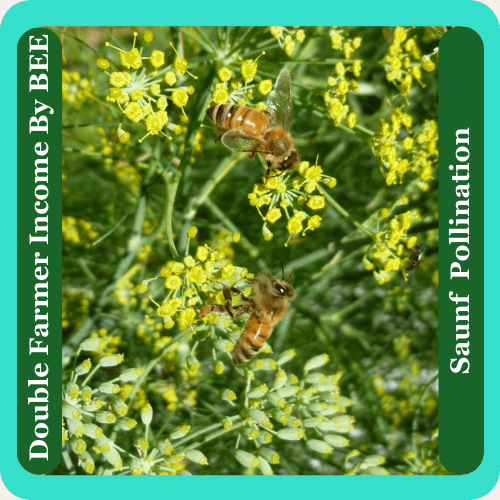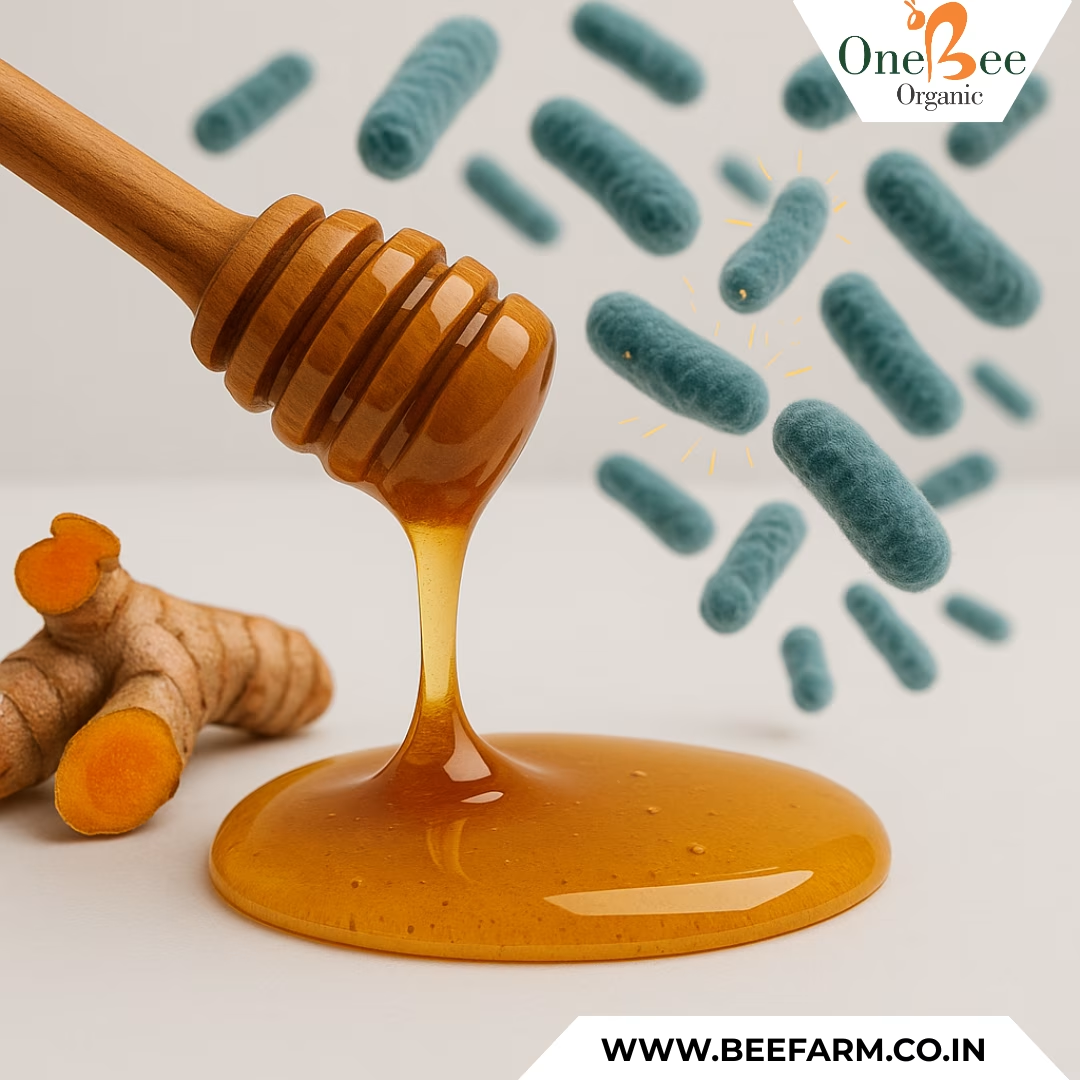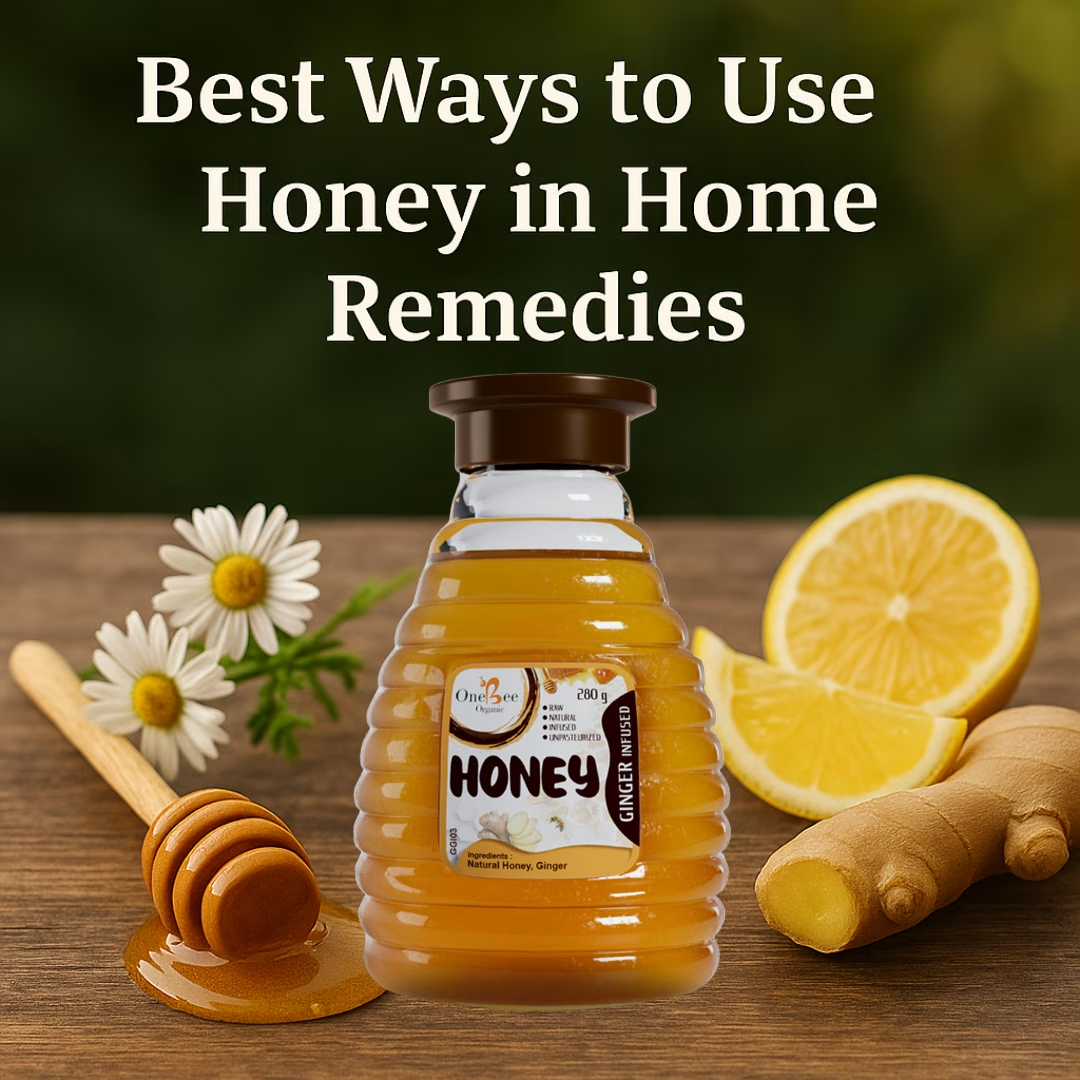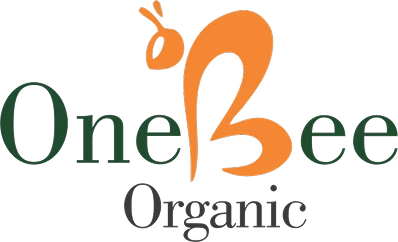Doubling Saunf Farming Income by Honey Bees
Doubling Saunf Farming Income by Honey Bees, Increasing saunf (fennel) farming production through honey bee pollination is a beneficial strategy. Since honey bees are effective pollinators for saunf, their presence can significantly enhance yields. Here are key steps to maximize honey bee pollination in saunf farming:
1. Strategic Hive Placement:
Position beehives strategically within or near the saunf fields. Protect them from strong winds and direct sunlight while ensuring easy access for beekeepers.
2. Native Plants for Forage:
Plant native flowering plants and cover crops around the saunf fields to provide additional forage for honey bees. This helps keep them in the area for continuous pollination.
3. Pesticide Management:
Minimize the use of chemical pesticides, especially during the saunf flowering season, as they can harm honey bees. Opt for organic or bee-friendly pest control methods.
4. Optimal Timing for Pollination:
Ensure that your saunf crop is in full bloom when the honey bee population is at its peak. Proper timing is crucial for effective pollination and maximum yield.
5. Collaboration with Beekeepers:
Partner with local beekeepers to maintain a healthy bee population during the flowering season. Renting hives or forming cooperative agreements can enhance pollination.
6. Provide Water Sources:
Set up clean water sources near the saunf fields, as honey bees need water to stay active, especially in hot weather.
7. Maintain Bee Health:
Regularly inspect bee colonies to ensure they are free from diseases and pests. Good beekeeping practices help maintain strong, healthy bee populations.
8. Implement Bee-Friendly Planting:
Use companion planting with flowers that attract bees, making the saunf fields more inviting and ensuring increased pollination activity.
9. Educate and Raise Awareness:
Educate farm workers and local communities on the importance of honey bees in saunf pollination and the advantages of bee-friendly farming methods.
10. Manage Harvest Timing:
Harvest the saunf when most flowers have been pollinated but before seeds begin to shatter. Proper timing ensures high-quality seed production.
11. Keep Detailed Records:
Track honey bee activity, hive strength, and pollination success to evaluate the impact of bee pollination on saunf crop yield.
12. Protect Bee Colonies:
Prevent infestations and safeguard honey bee colonies from pests and predators by using natural remedies and protective barriers.
13. Monitor Weather Conditions:
Be aware of extreme weather conditions that could impact bee activity. Provide supplemental feeding if needed during adverse conditions.







Leave A Comment